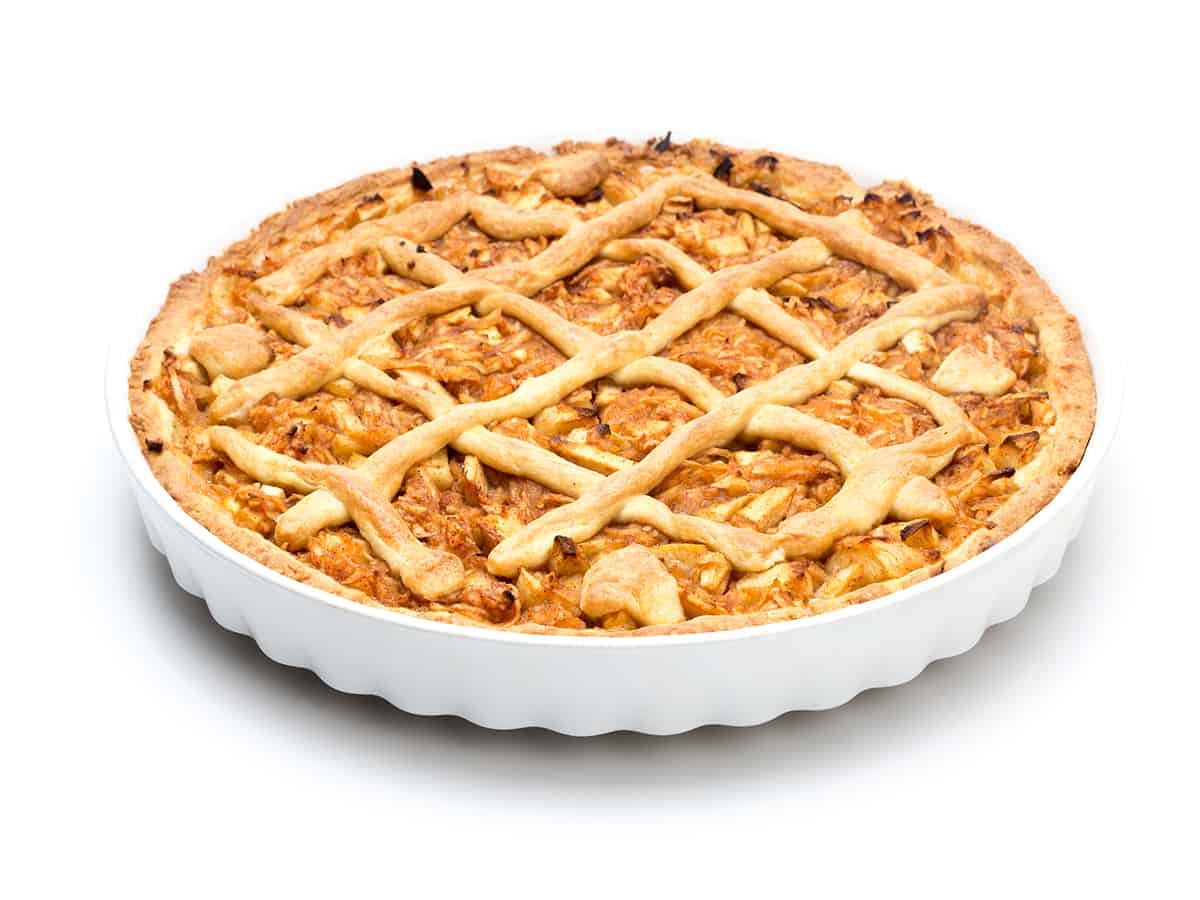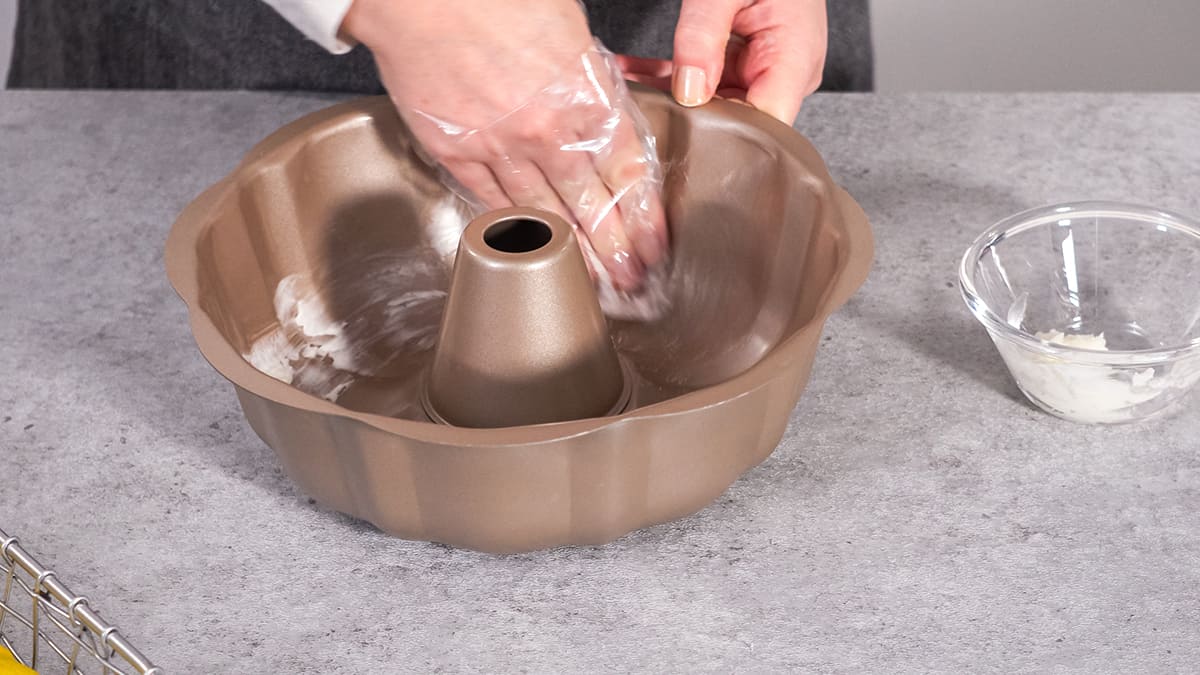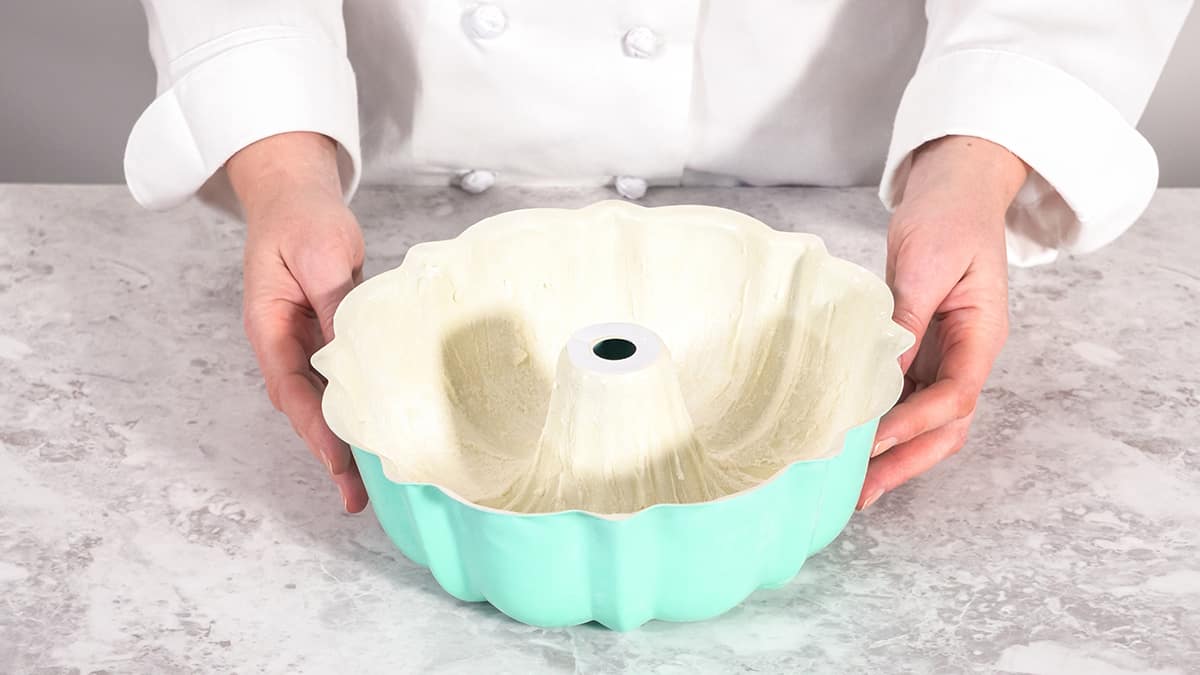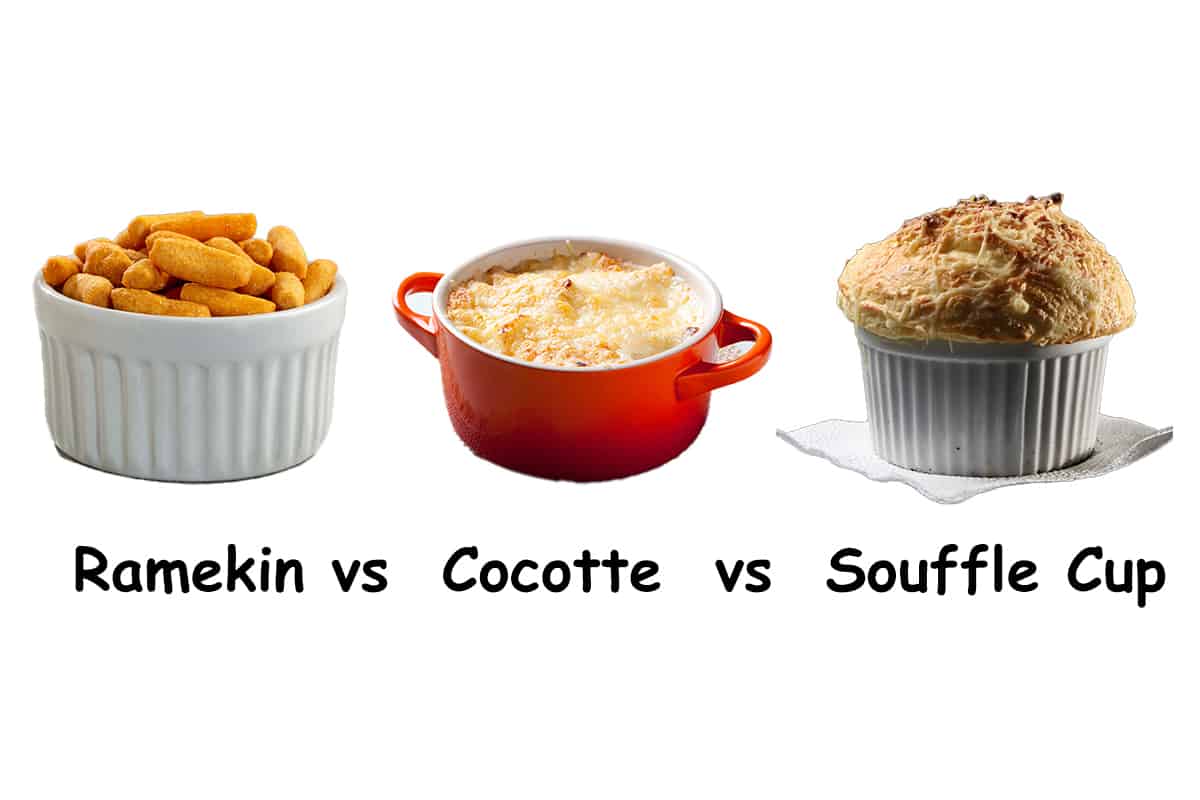Pie dishes—also referred to as pie pans, tins, plates, etc.—come in an assortment of different sizes and types. In this article, I’ll cover everything you need to know about pie dish sizes.
However, when looking up pie recipes online or in cookbooks, most of them will have you prepare enough ingredients to fill a standard 9-inch wide by 1.25-inch deep (23 × 3-centimeter) pie dish.
Pie Dish Sizes
The “right” pie dish size really depends on the recipe. Pie recipes have specific ingredient quantities, depending on the size of the pie dish. Below, I’ll explain how pie dishes are measured.
Width
When looking at pie dishes, the size of the dish will refer to the top-most width. As you may have noticed, pie dishes have slanted walls, meaning that the width of the top of the pan is wider than the base.
The size of the pie dish varies depending on how many people the pie will serve. For instance, individual pie dishes are typically 4.5 inches (11 centimeters) wide, whereas pie dishes for groups of people will range from 8 to 10 inches (20 to 25 centimeters).
You don’t normally have to pay attention to the width of the base as most recipes will already take it into account.
Depth
The depth of the pie dish refers to the length between the base to the top of the pie dish. So, even though the walls of the dish may be slanted, the perpendicular height—i.e., the height is measured at a 90° angle—is what matters.
The typical pie dish will measure 1.25 inches (3 centimeters), but there are deep-dish pans that measure 1.5 inches (4 centimeters).
Average Pie Dish Size
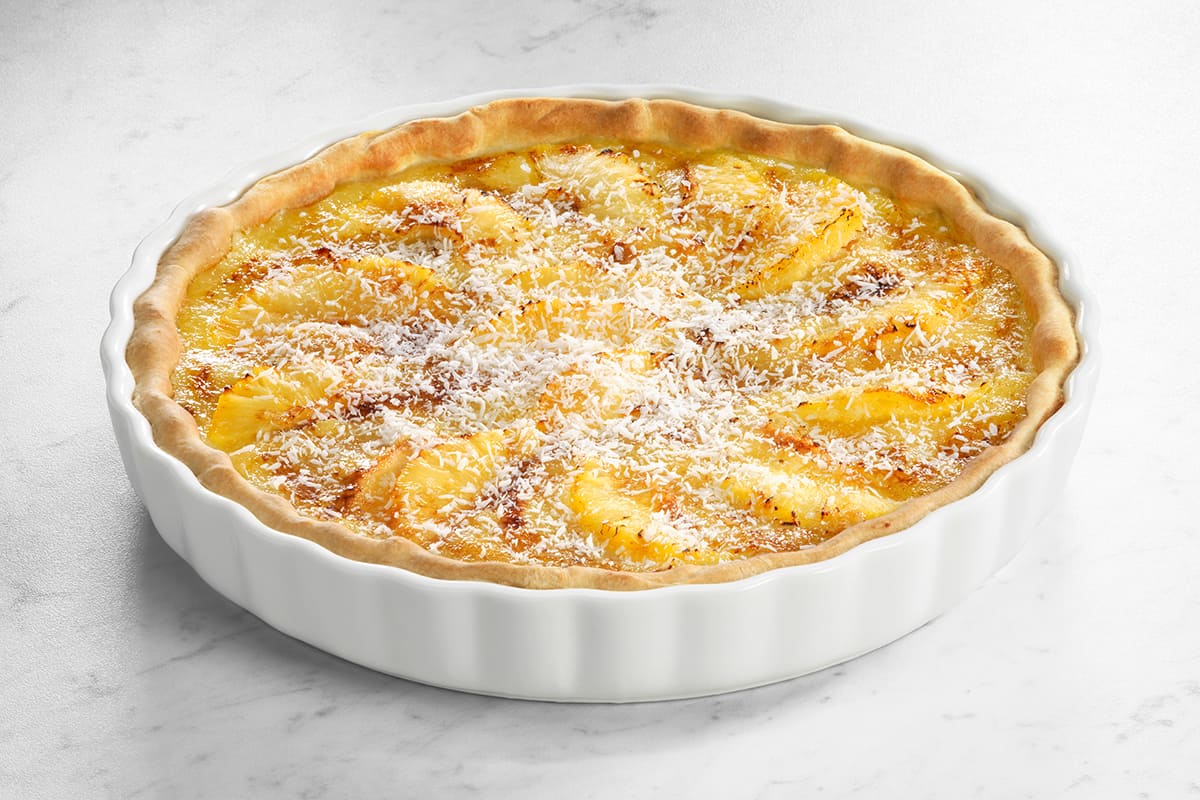
So, while the pie dishes can vary in size, which is the safest pie dish to get? This is a crucial point to consider as recipes in books and websites will often have you prepare a certain amount of ingredients based on the pie dish’s size.
On average, recipes will ask that you use a dish that measures 9 inches wide and 1.25 inches deep (23 × 3 centimeters).
For a 9 × 1.25-inch pie dish, the recipe will have you prepare roughly 5 cups of filling. However, the actual amount will depend on how thick the crust is and how high you want the pie.
Pan Dish Volume Based by Size
In this section, I’ll quickly cover the amount of filling (volume) you’ll need for different pie dish sizes. I will use the formula to calculate the volume of a right cylinder (V = π × r2 × h) to determine the volume of each pie dish size in cubic inches, cups, and milliliters.
- 4.5 × 1.25 Pie Dish = 20 cubic inches = 1.4 cups = 328 milliliters
- 4.5 × 1.5 Pie Dish = 24 cubic inches = 1.7 cups = 394 milliliters
- 8 × 1.25 Pie Dish = 63 cubic inches = 4.3 cups = 1,033 milliliters
- 8 × 1.5 Pie Dish = 76 cubic inches = 5.2 cups = 1,229 milliliters
- 9 × 1.25 Pie Dish = 80 cubic inches = 5.5 cups = 1,311 milliliters
- 9 × 1.5 Pie Dish = 95 cubic inches = 6.6 cups = 1,557 milliliters
- 9.5 × 1.25 Pie Dish = 88 cubic inches = 6.1 cups = 1,442 milliliters
- 9.5 × 1.5 Pie Dish = 106 cubic inches = 7.3 cups = 1,737 milliliters
- 10 × 1.25 Pie Dish = 98 cubic inches = 6.8 cups = 1609 milliliters
- 10 × 1.5 Pie Dish = 118 cubic inches = 8.2 cups = 1940 milliliters
Please note that the figures above do not include the thickness of the pie crust, nor do they take into account how high you want the pie to go.
Pie Dish Materials
While the pie dish’s size matters, you will also have to pay close attention to what the pie dish is made of. I’ll describe the most commonly used materials that go into pie dishes and why you should consider using them.
Aluminum
Aluminum pie dishes are single-use dishes with pliable walls. These pie dishes are fairly inexpensive and can transfer heat quickly to the pie crust. However, their walls are so thin that they do not retain heat very well, so you should not par-bake a pie crust in an aluminum pan.
You should use an aluminum pie dish if you’re planning a picnic and don’t want to transport large cookware to and from your picnic site.
Pyrex
Pyrex is a brand that popularized heat-resistant glass ovenware. Glass is a great conductor of heat, so you can blind-bake pie crusts before adding the filling and top crust. In addition, Pyrex dishes are quite durable, so they have an average lifespan of 10 years, though the company will replace any product of theirs that breaks within the first 24 months of purchase.
You should use Pyrex pie dishes if you plan on using them regularly or making pies frequently enough to justify the cost.
Ceramic
Ceramic has a tendency to heat up slowly, but it can retain heat for a lot longer than aluminum, stainless steel, and even Pyrex dishes. However, ceramic is prone to thermal shock, which is caused by sudden changes in temperature (extreme cold to extreme heat and vice versa). If heated up too quickly after taking them out of the freezer, the ceramic dish may crack.
These pie dishes are much heftier than the other kinds, so taking themout of the oven can be problematic. They’re also considerably more expensive, but they can last up to a decade with proper use and care.
Stainless Steel
Stainless-steel pie dishes are arguably the least popular type. However, like aluminum, the metal walls transfer heat quickly to the pie crust, allowing you to bake the crust and filling at the same time. In addition, stainless-steel pie dishes are reusable for several years with proper maintenance, though they can warp in shape if you’re not careful.
You should use this type of pie dish if you bake pies infrequently or don’t want to spend money on disposable aluminum pies.
Conclusion
In this guide, I explained the size range of pie dishes, as well as what materials pie dishes are made of. If you’ve forgotten, the average pie dish size is 9 × 1.25 inches (23 × 3-centimeter), which should be the right size for most cookbook or online pie recipes.
If you found this article helpful, please share it on social media. I’d also like to hear what your favorite pie dish is and what sort of pies you make. I’m particularly fond of blueberry and pumpkin pies!
